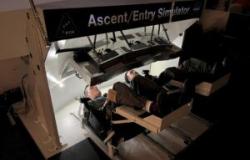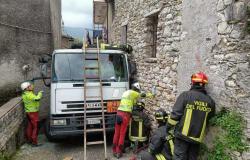Since its debut in 1990, the public has been amazed by the stunning array of images captured by the Hubble Space Telescope. But Hubble is about much more than just stunning photographs. Over the course of several decades, the project has collected dozens of gigabytes of data, offering crucial insights into the cosmos, ranging from elements as close as the moon to the most distant galaxies, with studies of supernovas and nebulas in between. The space agency has once again captured the curiosity of people with its post on the Wolf Rayet Nebula.
NASA shared a breathtaking photo of the Wolf-Rayet Nebula, describing it as a blue “bubble” enclosing a star some 30,000 light-years away. They claimed that these nebulae, which are usually “ring-shaped” or “spherical,” are produced when “speedy stellar winds” contact with the outer layers of hydrogen that are released by Wolf-Rayet stars.
This “Hubble classic view” of the nebula shows that it is expanding at an estimated speed of 136,700 miles (220,000 km) per hour, according to scientists. The star will eventually explode into a supernova, but the stellar material that is expelled will continue to support stars and planets that will form in the future.
They continued by describing the image, stating that a dark blue ring of gas and dust surrounds a brilliant star with four diffraction spikes shining in the center of the picture. “Other stars fill the image, all against black space.”
The post had 78,353 likes at the time of reporting. NASA’s official blog stated that this Wolf–Rayet star, known as WR 31a, is situated in the Carina constellation (The Keel). The vivid blue bubble that seems to surround WR 31a is a Wolf-Rayet nebula, which is a cosmic cloud of dust, hydrogen, helium, and other gases.
Wolf-Rayet stars normally lose half of their mass in less than 100,000 years, even though they started out with a mass no less than 20 times that of the Sun.
The Hubble Space Telescope’s Advanced Camera for Surveys (ACS) Wide Field Camera captured this image of WR 31a. A near-infrared (F814W) and broad V-band (F606W) filter were used to create the image.
Judy Schmidt, an amateur astronomer, submitted a version of the photograph to NASA for the Hubble’s Hidden Treasures competition.
top videos
View All
Buzz Staff
A team of writers at News18.com bring you stories on what’s creating the buzz on
first published: April 26, 2024, 5.15pm IST






